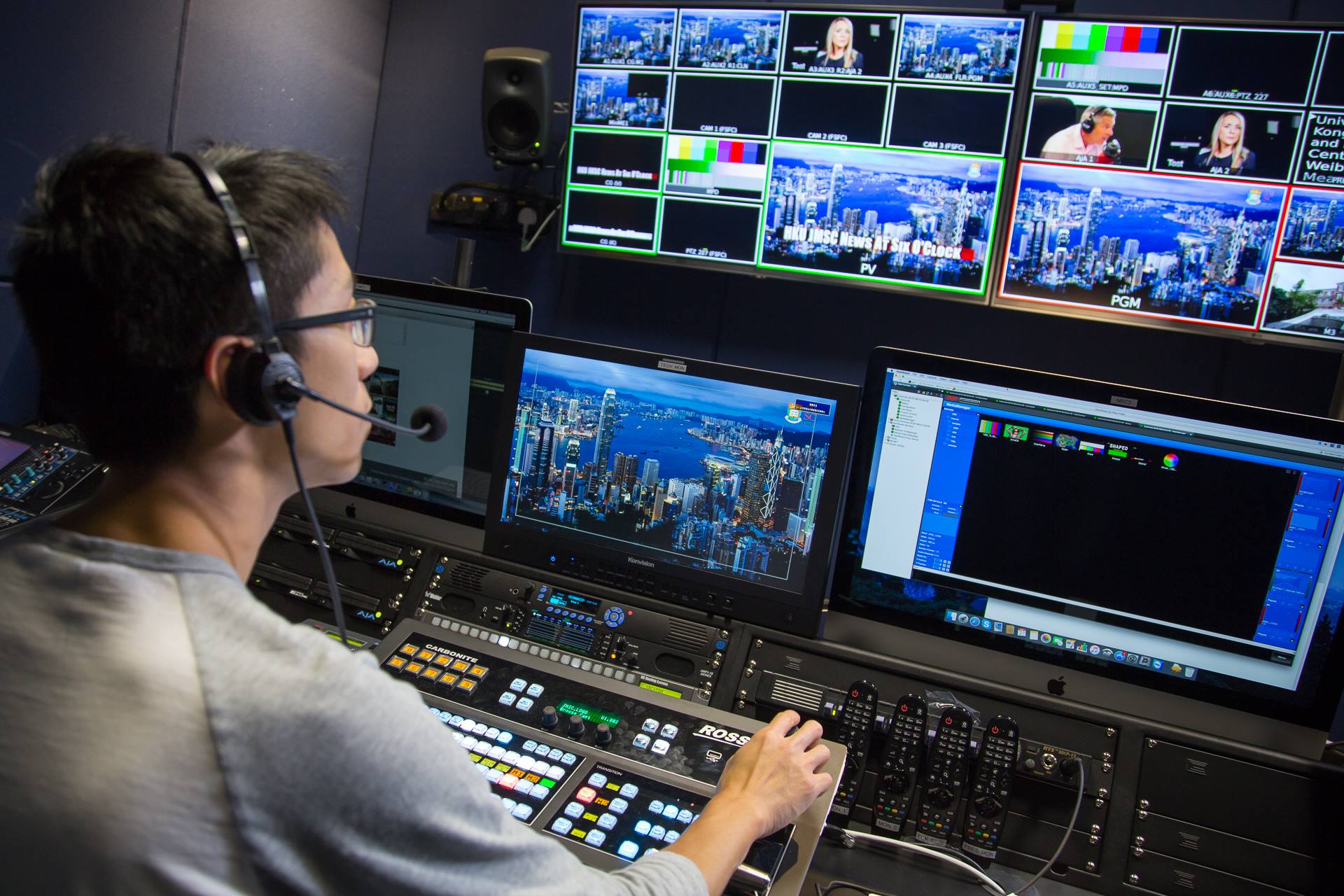
Funston Communication Center, a state-of-the-art media and content production facility that includes two production studios connected via a large control room. To help their training, our school is home to the Lance T. From film cinematography to broadcast news, there is no limit to what our students can do. We then hone their visual communication and oral presentation skills so that they have a solid foundation for any production career they pursue.
Media production how to#
Quite simply, our media production students learn how to tell a good story. Our media production students learn and expand on those areas to enter the workforce with the ability to understand how to tell a story that is compelling, visually attractive, and well-executed. That requires the unique ability of understanding how to tell stories that make people want to listen or see them- a skill that includes a healthy mix of creativity, critical thinking and technical skills. However, merely having a device capable of that process is different than understanding how to effectively use that device in order to reach your audience. At this point the creator and/or participants will seek feedback for future productions based on audience response and personal reflection.Today, anyone with a cell phone holds in his or her hands a device capable of shooting, editing, and disseminating a message with the possibility of reaching a global audience. Feedback is sought and the creator and participant will reflect upon the product and its relationship to the specified audience and intent.ĭistribution: the product is delivered to the specified audience in a planned context and location.

Specific equipment and technologies are used in editing. Media codes and conventions are used to resolve ideas and to consider the engagement, consumption and reception of the specified audience. Post-production: the production is refined and resolved considering the intention, audience and the construction of narrative. Reflection and evaluation of the production can occur through written documentation, oral feedback and/ or visual feedback. Production may be a collaborative process involving a number of people with specific roles or it may be an individual process. Annotations may be added to the production design plan in relation to media codes and conventions and any changes to the production design. Production: the planned production design is captured and recorded. The way the product will be distributed to the audience and the context in which it will be distributed and consumed is also planned. Equipment, technologies and materials to be used in the production are documented. Documentation and the planning of the production are carried out in visual and written form using tools such as production notes and storyboards. Media codes and conventions, genre and style, are considered in the construction of the narrative. The construction of the narrative of the product is planned, including how it will engage, be consumed and read by the specified audience. Pre-production: the production is planned considering the specified audience, intention, narrative and context. Experiments using materials, equipment and technologies are conducted to develop understanding of and skill in their use.

Equipment, materials and technologies are investigated in a range of media forms in relation to the audience and intention. In this stage other media products are investigated to analyse media codes and conventions, genre, style and the location, context and time when the production was produced. The stages in the media production process are:ĭevelopment: the ideas, intention, narrative and audience that are the foundation of the production are explored. Underpinning the media production process is ongoing analysis, reflection and evaluation requiring critical, creative and reflective thinking. The stages of the process should not be seen as static or linear rather they are iterative and interrelated. The process identifies discrete stages that provide the framework for a media production applicable to all media forms. Audience engagement, consumption, reception and the requirement to work under constraints including time, budget and skills, are all central to the media production process. Production processes across media industries have developed to reflect the needs of practitioners.


 0 kommentar(er)
0 kommentar(er)
